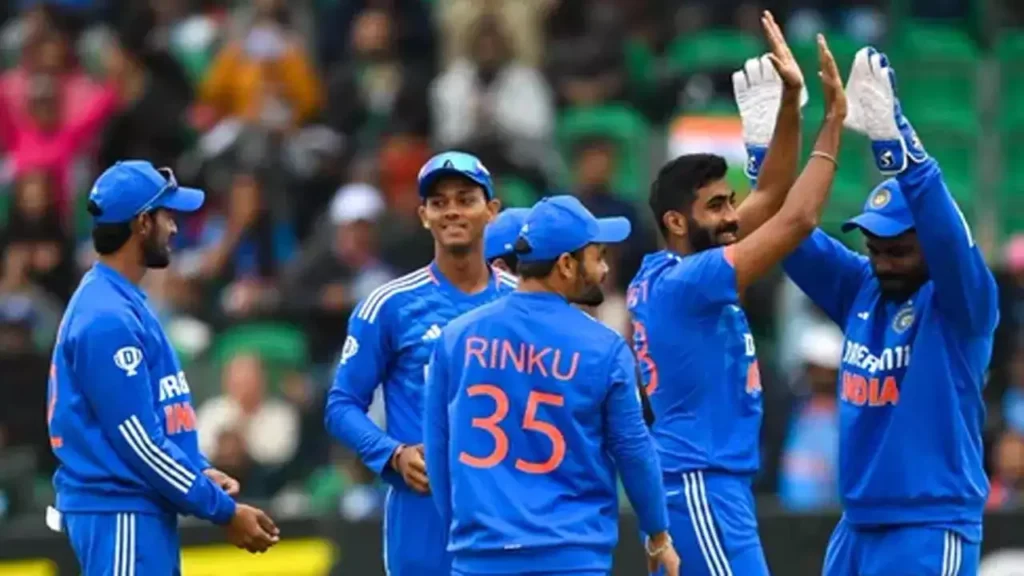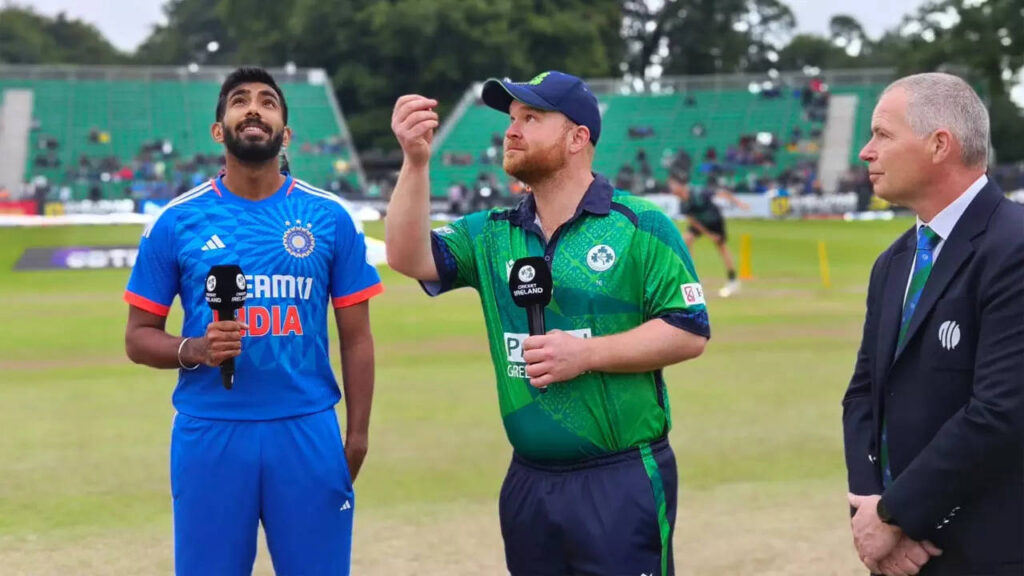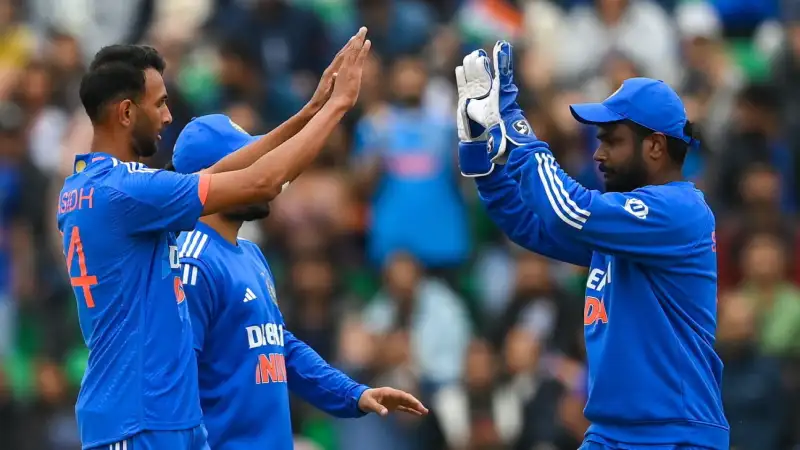Rishabh Pant reminded everyone that this was a Twenty20 encounter when he reverse-scooped Barry McCarthy for six over the head of the first slip to seal an overwhelming eight-wicket victory for India. The game had drifted along like the opening morning of a Test match instead of a T20 match, its beats cautious and passive until the spurt of impishness that the half-packed crowd had waited for the entire day.
There was a stray shudder of panic while pursuing a pitiful 97, though. The ball went nicely under Ireland’s medium pacers, even in the sunshine. They needed more discipline, pace, and patience to make it challenging. Or the runs on the board, for that matter.
The game supported Rohit Sharma’s prediction that New York wickets would differ significantly from IPL wickets, where six-hitting appeared to be the norm. In this instance, it was challenging since India scored five runs and Ireland only three. There were just fifteen fours hit in the game due to the slow outfield. It would have been a cultural shock for those reliving their IPL days or for the random American who came in expecting to watch some baseball-style slugging. India and New York appeared to be worlds apart, literally and figuratively.
Our desire to bowl first stemmed from adjusting to the new conditions. After the game, Rohit remarked, “I don’t think the wicket settled down when we batted.” That’s what he learned early in his innings. Mark Adair fizzed one past his inside edge in the opening over, then brushed the outside half of his bat. He released a ball of pure authority when the eleventh ball he faced when he slid over the surface and crushed Josh Little.

Tragically, Virat Kohli, his opening partner, believed that this was the best way to succeed on this surface. He leaped out of the crease, flung his arms in the air, and ultimately succeeded in hacking the ball to third man, much to the dismay of the audience and himself.
Pant followed Rohit, but both knew the dangers of dazzling shots. Over the successive 19 balls, India’s skipper managed just one-fourth. Pant likewise displayed restraint in his aggression, hitting just one four off the first 14 balls he faced. They were not rushing. Rohit would explain, “You have to stick to your basics when there’s enough in the pitch.” This time, their bowling had been decent enough to permit them to take their time.
If India’s speed trio had been more experienced and varied, more elite batting teams would have crumbled. A fit-again Hardik Pandya can be both a workhorse and a strike force, swinging the ball from full lengths and purchasing awkward bounces from hard lengths with his bustling action. Mohammed Siraj distorts judgments, hurrying batters with slippery pace and deviations. Arshdeep Singh has added another dimension to the attack with left-arm deception, producing different shapes, angles, and bends.
Give them a grassy pitch with erratic bounce, and they can intimidate most batters. For Ireland’s batters, they created a surface that looked like a furnace. Arshdeep made two swings at the ball. He slightly changed lengths. Rather than being furious, Paul Stirling appeared frazzled as he attempted to untangle, ultimately misfiring on a long ball to Pant. With a wobble-seamed away-swinger that confused Andy Balbirnie, Arshdeep bookended the over.

The bright New York morning had by now taken on the appearance of a dismal London morning. The air is moving; the skies are dark. The Irish batters’s motionless feet gave the impression that the ball had swung more spectacularly. Pant had a hectic day behind the stumps in his maiden official match for India following the forced sabbatical due to an accident. He had to gather it as late as possible to account for movement after the ball past the batsman. Arshdeep played a rare, careless over, forcing him to continuously stretch his muscles to catch the ball. Siraj made one delivery soar from a good length in the previous over, forcing Pant to block the ball a few inches above his head.
Ireland’s stumbling innings gained momentum with Arshdeep’s 13-run over. However, he brought in Bumrah and delivered an over of pure wickedness, with Lorcan Tector finding it challenging to comprehend the length of the ball and consistently answering questions a half-second behind schedule. Pandya concluded his agony with a pinpoint nip-backer in the next over, making any concerns about his lack of effectiveness with the ball look unfounded. Pandya was bold and robust and exhibited the passion that makes him a valued asset in various media. Other than some blinding strikes towards the finish that saw them reach 96, Ireland’s batters could not muster much opposition.
India’s seamers were praiseworthy for their versatility, even though the Irish batters lacked the technical skill and temperamental sense to avert disaster. The surface did help them. They were all back from the Indian Premier League, but none had a hangover.
Also Read : Should Kohli open to start against Ireland?
